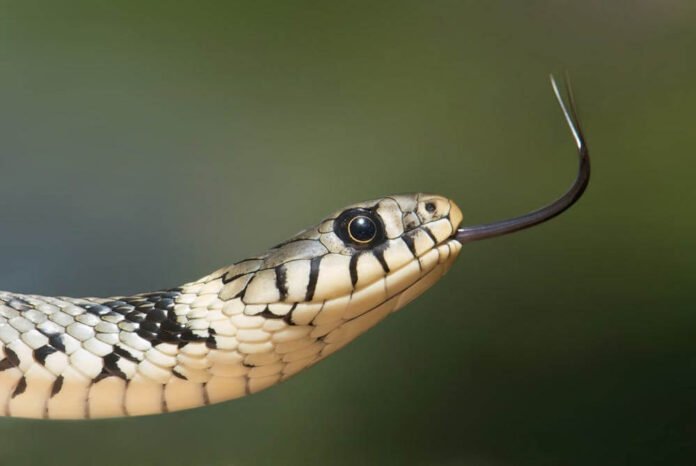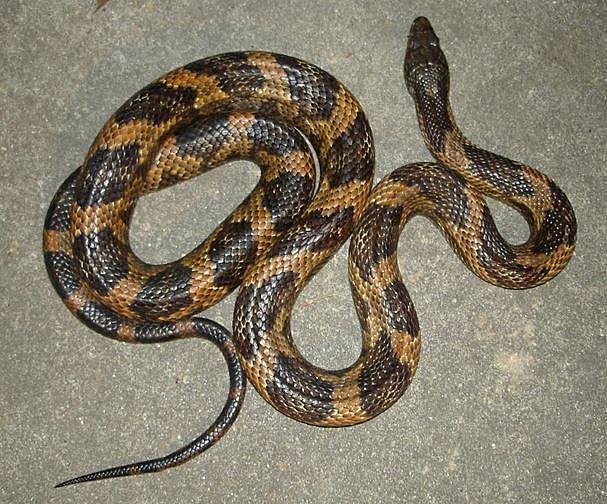Some species in the vivid tapestry of the animal kingdom are so unusual that they immediately inspire us. Among these mysterious creatures is the shuttlecock snake, a species that in most peculiar form blends the wonders of nature with the complexity of development. Imagine this: a snake that not only moves elegantly but also has a clearly shuttlecock-like tail end look. Native to the rich, tropical woods of Southeast Asia, the shuttlecock snake has fascinated both researchers and outdoor enthusiasts with its unusual adaption and behavior. We shall explore in great detail the physical traits, habitat, behavior, and ecological importance of the shuttlecock snake in this blog article. We will solve common questions and dispel myths about this amazing reptile along the route, therefore revealing its secrets.
Describe a Shuttlecock Snake.
Scientifically called Crotalus shuttlecockensis, is a quite rare species of viper mostly found in Southeast Asian deep rainforests. Unlike many of its cousins, which have more traditional looks, the stands out with its especially suited tail, which looks like a shuttlecock, used in badminton. This odd adaption is not only for display; it is also very important for the survival tactic of the snake.
Physical Features
With its flattened tail and fringed extended, feather-like scales, which give it the look of a badminton shuttlecock, the is very remarkable. This tail modification has numerous uses.
- Effective camouflage from predators and prey comes from the tail’s form and coloration allowing the snake to fit the leaf litter and trash of the forest floor.
- The movement of the tail might produce a rustling sound meant for either discouraging possible predators or communicating with other snakes.
- The roughly 1.2 meters in length, with the tail making about one-third of this total. Its varied color range from mottled brown to greenish tones helps it to blend in naturally.
Physical Despects
| Feature | Description |
|---|---|
| Length | Approximately 1.2 meters |
| Tail Length | One-third of total length |
| Tail Shape | Flattened and fringed with elongated scales |
| Coloration | Mottled brown to greenish hues |
Habitat and distribution
Mostly found in Southeast Asian rainforests including Thailand, Malaysia, and Indonesia, shuttlecock snakes are Their preferred habitat is thick, humid one with lots of vegetation and leaf litter where their camouflage offers good predator protection.
Space Distribution
| Country | Regions Found | Typical Elevation |
|---|---|---|
| Thailand | Southern rainforests | 200-800 meters |
| Malaysia | Borneo and Peninsula | 100-900 meters |
| Indonesia | Sumatra and Java | 150-1000 meters |
Eat and Behavior
Emerging mostly at night to hunt, is a nocturnal predator. Small animals, amphibians, and insects make up its mostly consumed food. The hunting approach of the snake depends much on the tail:
Attracting tiny animals into striking proximity, the snake may use its tail to replicate the movement of prey.
The shuttlecock snake can flare its tail in response to threats to create a bigger and more frightening presence to repel possible predators.
Lifespans and Reproduction
Breaching the wet season, shuttlecock snakes breed during their most active time. Usually laying between six and twelve eggs, female shuttlecock snakes hatch following a roughly sixty-day gestation period. Though their tail fringe is less developed, hatchlings seem like adults and are entirely autonomous from birth.
Though their lifetime in captivity may differ depending on care and environmental conditions, shuttlecock snakes can live up to 10 years in the wild.
Conservation Situation
The International Union for Conservation of Nature (IUCN) presently rates as a species of “Least Concern.” Still, habitat loss brought on by deforestation seriously jeopardizes its population. Maintaining the habitat of the shuttlecock snake depends on conservation initiatives concentrated on rainforest protection and habitat fragmentation reduction. This guarantees its continuous survival.

FAQS
The shuttlecock snail consumes what?
Usually feeding on small animals, amphibians, and insects, the shuttlecock snake.
The shuttlecock snake lives where?
Native to Southeast Asian jungles including Thailand, Malaysia, and Indonesia.
Does the shuttlecock snake venomous?
Indeed, the shuttlecock snake poisonous. Its venom serves both as a defense mechanism against predators and a means of immobilizing prey.
Space Distribution of the Shuttlecock Snake?
The shuttlecock snake lures prey, communicates, and hides with its tail. Survival strategy depends critically on the appearance and mobility of the tail.
The shuttlecock snake has what length of lifespan?
Though its lifespan may vary in captivity, can live up to 10 years in the wild.
The shuttlecock snake must contend with what dangers?
Deforestation’s resulting habitat damage poses the main threat . Protection of its natural habitat depends on conservation activities.
Conclusion
Combining unusual adaptations with a sophisticated ecological role, is an amazing illustration of nature’s inventiveness. This snake is a monument to the variety and beauty of the natural world from its unique tail to its calculated use of concealment and communication. Understanding and appreciating the traits, habitat, and behavior of the can help us to support conservation initiatives and guarantee that next generations may keep in wonder at this amazing species. The reminds us of the complex beauty and careful equilibrium of life as we keep discovering and safeguarding the biodiversity of our planet.

